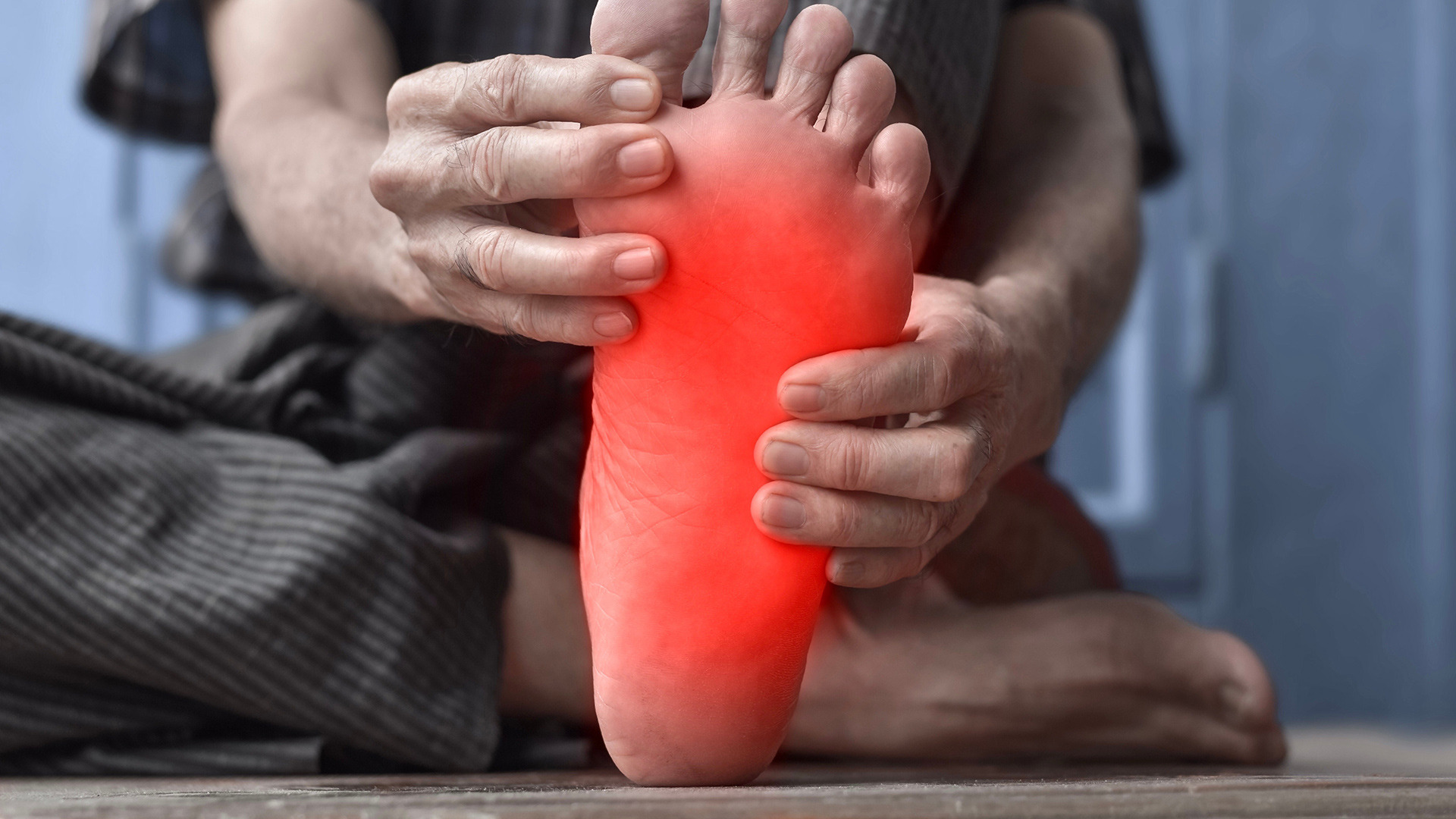
Diabetic Foot Ulcer: Prevention Through Pressure Mapping Technology
According to the Center for Disease Control and Prevention (CDC), 11.6% of Americans (38.4 million people) and 9.4% of Canadians (3.7 million people) have diabetes, making it a genuine epidemic.
Diabetes carries serious health risks, particularly foot ulcers. Research published in Gerontology indicates 18-34% of diabetics will develop a foot ulcer in their lifetime, leading to increased risk of infection, amputation, and shortened life expectancy.
Undetected foot ulcers in diabetics account for approximately 70% of all non-traumatic lower limb amputations in North America. Each year in the United States, about 73,000 amputations are performed on diabetic patients, according to Azura Vascular Care.
The economic impact is substantial, worsened by diabetic neuropathy that prevents patients from feeling foot pain, allowing conditions to deteriorate before detection.
Preventing Diabetic Foot Ulcers Through Monitoring
While diabetics risk developing foot ulcers, good foot care and monitoring can prevent this outcome. The CDC recommends daily foot inspection for cuts, blisters, and swelling, alongside proper footwear fitting.
However, many patients either forget regular inspections or don't maintain sufficient clinical monitoring. This is where technology can offer solutions.
Enter Plantar Pressure Mapping
Pressure mapping helps identify areas of high pressure—the first step in preventing diabetic foot ulcers. Gait analysis systems can identify where the foot experiences the most stress without relying on patient reporting.
A pressure map can inform footwear choices and provide clinicians with data to properly educate patients on changing their gait, adjusting activity, or selecting appropriate footwear.
Current Limitations
Despite its benefits, current pressure mapping technology has limitations:
- Many devices are confined to laboratory settings, preventing real-world environmental assessment
- Existing equipment often requires constant recalibration
- Systems can be difficult to switch between patients
- Testing and analysis can be time-consuming
The Future: Wireless Insole Technology
Wireless insole pressure mapping systems address these limitations by offering:
- Unobtrusive monitoring in real-world environments
- Sensors that relay data to wearables and smartphones
- Early warning alerts clinical support before harm occurs
- Integration with artificial intelligence for predictive analysis
Key Technology Requirements
An ideal solution would include:
- Visual pressure point mapping with 2D/3D imagery
- Ability to capture specific instances of pain and pressure
- Diverse data collection across demographics for optimized outcomes
- Unobtrusive hardware: wireless, lightweight, and comfortable
- Durable sensors and electronics to avoid disposable costs
Benefits of Pressure Mapping for Clinical Practices
A reliable pressure mapping system offers numerous advantages:
- More reliable data requiring less rework
- More accurate diagnoses and treatment protocols
- Predictable treatment outcomes
- Reduced pressure wound incidence
- Faster healing through smart offloading strategies
- Easier testing and prescribing of orthotics
- Increased patient satisfaction
Intelligent Insoles: The Next Step
XSENSOR's Clinical Intelligent Insoles provide the software and hardware needed to collect sensitive data and apply it effectively.
These systems require minimal setup and infrequent recalibration, working with every patient without extensive customization. The technology helps understand pressure and gait more thoroughly while delivering immediate benefits to clinical practice.
Ready to transform your practice's approach to diabetic foot care? XSENSOR's Intelligent Insoles provide the cutting-edge technology to prevent complications before they start.
Our easy-to-implement solution delivers immediate results with minimal setup time, giving you reliable data, more accurate diagnoses, and better patient outcomes from day one.
Don't wait until your diabetic patients develop complications. Contact XSENSOR today to learn how our pressure mapping technology can revolutionize your practice.
